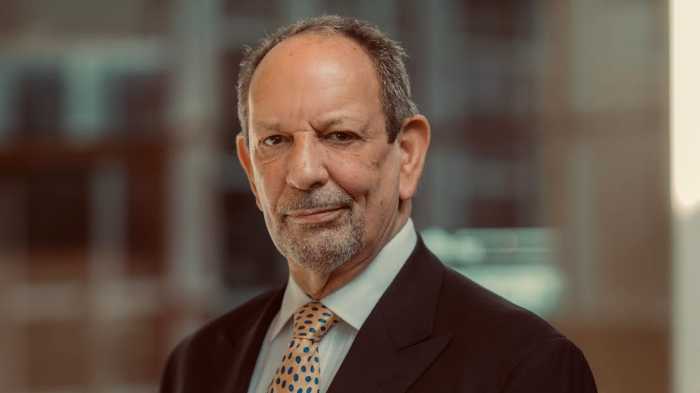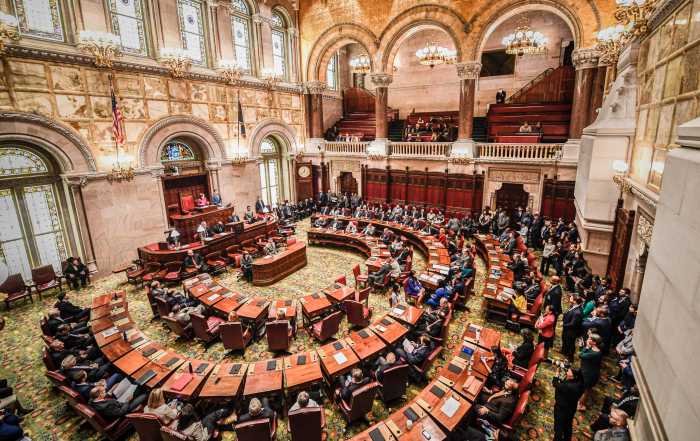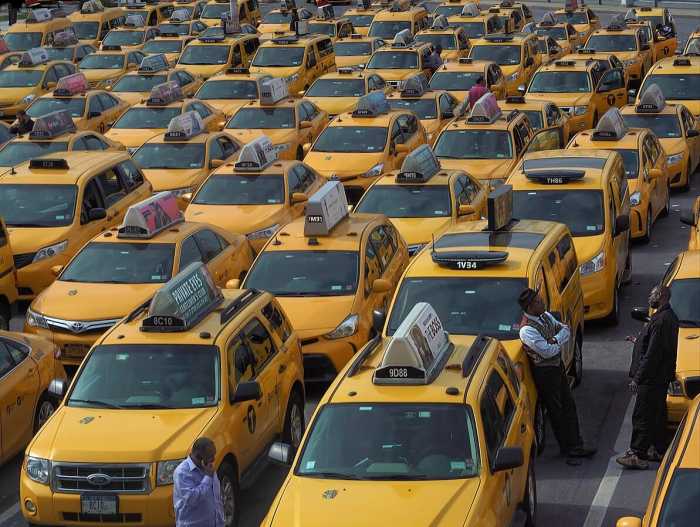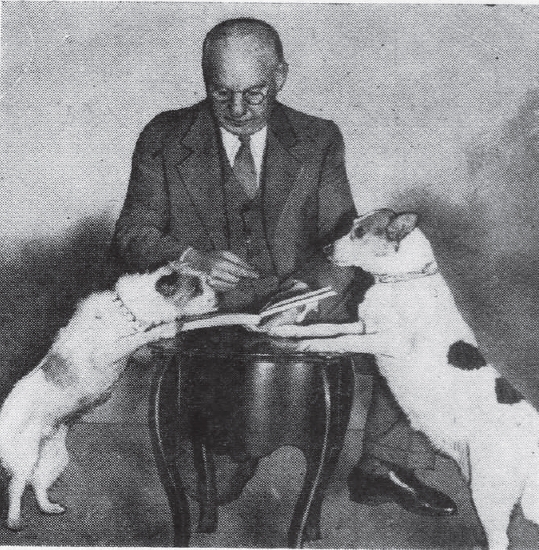Picture New York City: The mainland Bronx. The girth of Brooklyn and Queens. Manhattan floating in between. Staten Island surrounded by cool blue water.
Most likely, you are picturing the MTA subway map, the most ubiquitous representation of the five boroughs and the train lines that knit them together — the yellow Q, the orange F, the red 2.
And if you are picturing that map, then you are picturing the predominate vision of one man.
Finding direction
John Tauranac didn’t set out to be a mapmaker. A lifelong New Yorker, he studied English and history at Columbia and NYU. After graduating, he wrote advertising copy, secrets of the city’s underground passageways and culture tour-bus guidebooks, which brought him to the attention of the MTA in the 1970s. In 1979, he chaired the committee in charge of releasing a new subway map — one which remains in use today, with few changes.
Tauranac gives directions to his home, including which subway exit to take. He has opinions about the best fold for a map (accordion). During an otherwise peaceful interview at his home, he grew excitable when describing the geographical mistakes of earlier subway maps. “Cartographic verities,” might be his favorite phrase — to him it is inconceivable that a map would include anything else.
The subway map stays true to this vision of representing New York City as accurately as possible, while also providing as much information about using the subway as possible. The map strives, in essence, to have it all.
What should a map be?
Perhaps this pressurized task makes the mappers of the NYC subway system a particularly strong-minded bunch.
Various maps were touted and discarded before the MTA arrived at Tauranac’s.
Tauranac and the design team associated with the map, Michael Hertz Associates, have feuded as to who should get ultimate credit.
But the man Tauranac most feuds with is his predecessor, Massimo Vignelli, the famous Italian designer whose short-lived map he replaced.
Vignelli’s map cared little for geography. It was a sleek, modernist version that simply showed the train routes and their connections. A tool to get from point a to point b.
This is anathema to Tauranac. “It reflected a certain cynical reality of the city,” he says. “Beige water, gray parks. Those are not what I call the cartographic verities.”
The map did not describe the complex city, in Tauranac’s opinion. It tried to simplify but ended up providing nothing.
Vignelli “had tunnel vision,” Tauranac says. “Everything was aesthetics,” adding slyly that he has tunnel vision, too: “I know what the subway looks like.” By implication, the city, too.
The map of the future
The old argument is still relevant today as the form of maps evolves. Should the map be a specific tool meant to guide the straphanger from one side of the city to the other, or a repository for information about the city at large — a one-stop shop?
Non-static maps, such as Google Maps or other private apps like Kickmap, can offer both.
When you’re looking to get to an unfamiliar address in a different borough, you don’t pull up a pdf of the subway map. What you want is a specific instruction — go here, wait for this long. A map made just for you.
Tauranac doesn’t rule out the idea of doing an app himself one day. But for now he doesn’t think the online versions add much. Up close, they’re too small. Pulled back, they lack detail. Besides, you need something for the wall.
The MTA has no plans to change the map — “the map is the map,” a spokesman said — though On The Go kiosks also provide more tailored information.
Tauranac stands by the accomplishment of the map we have, all-encompassing and informative. It gives you “perspective,” he says. “You can see the whole system.”
This is amExpress, the conversation starter for New Yorkers.







































